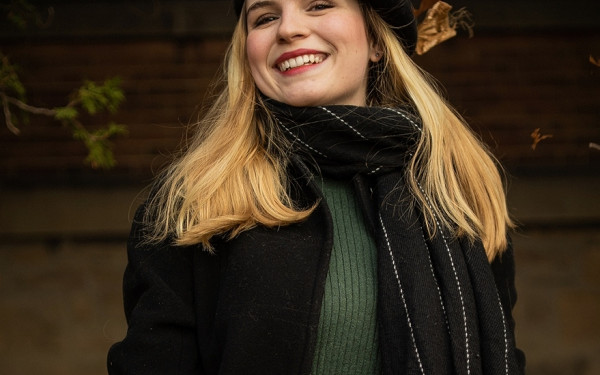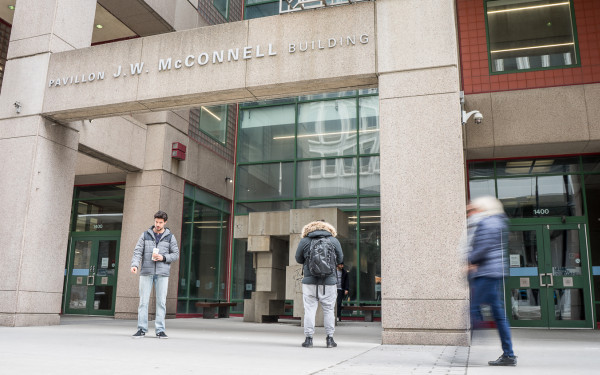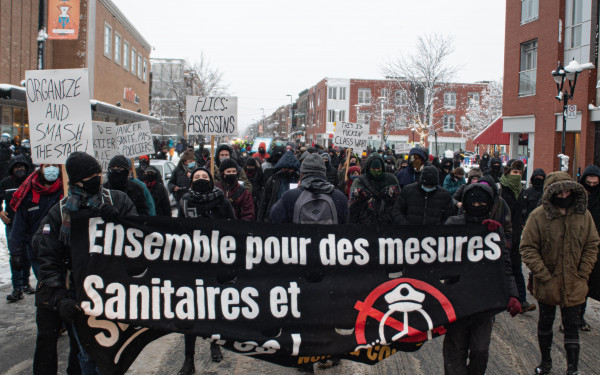Indigenizing healthcare in Tiohtià:ke
The IHCT, by and for Indigenous people, seeks expansion following increasing demand
In 2008, the health committee under the Montreal Urban Aboriginal Community Strategy Network held a meeting where the foundations of the Indigenous Health Centre of Tiohtià:ke (IHCT) began to materialize.
Co-founder and executive director of the IHCT, Carrie Martin, attended this meeting, and along with the other members, agreed that there should be no more “patchwork services,” such as Indigenous cultural sensitivity training in mainstream health entities.
“Those things are not working,” Martin said. “We see it time and time again. We really need self-determination in health, to take back control and make spaces that are safe for Indigenous people to seek healthcare.”
The meeting concluded with a resolution to go big—to start their own health centre, inspired by other Canadian cities, such as Ottawa’s Wabano Centre.
Martin’s drive to see the centre come to life was reinforced by her own experience working in frontline healthcare with Indigenous communities.
“I saw so much discrimination and racism when I was accompanying people to medical appointments, and [saw] all the access barriers they were experiencing,” she said.
Not having a RAMQ card, not speaking French or English, and not having a status card are all barriers to accessing public health services for the urban Indigenous community.
Fifteen years following that meeting, the IHCT officially opened its doors in August 2023, and it is dedicated to being holistic and barrier-free. The centre’s services are run in tandem with the community to best meet their demands, a system that brought in the optometry clinic, for instance.
“When the optometry clinic [came] around, a client came to pick up her glasses and she looked so happy when she put them on,” said Alyssa Isaac, the IHCT’s receptionist. “Finding eye care as an Indigenous person isn’t always easy, and it was a good feeling to know that we are helping people here.”
According to Isaac, their clinic days, Wednesdays and Thursdays, are very busy and see many clients. The centre’s rapid growth and lack of onsite equipment requires the IHCT to send referrals to their patients.
On the other days of the week, the IHCT offers various services such as counselling, spiritual healing sessions and addiction support. The centre grows its own sage and sweetgrass, two traditional Indigenous medicines, and offers them freely to clientele, alongside tobacco and cedar. All can be used within the waiting room.
Certain IHCT staff can also accompany Indigenous people to other clinics and hospitals around Montreal to advocate for them when needed.
“The gap between Indigenous and non-Indigenous communities is still very large,” said Sylvain Beaudry, an outreach worker at the IHCT who operates in the domain of sexually-transmitted blood-borne infections.
Beaudry once accompanied an Inuit person to the ER who had trouble being understood and felt disrespected. Beaudry advocated for them, but the person left without getting care after feeling uncomfortable and unwelcomed.
“It was a hard moment, but reminds me of how important my job is, to be there for them when they can’t advocate for themselves,” said Beaudry. “The centre is here to remediate this.”
A 2024 study review in Health Promotion and Chronic Disease Prevention in Canada: Research, Policy and Practice found that Indigenous people living in urban spaces expressed the need for culturally sensitive empathic care and the recruitment of Indigenous public healthcare providers.
The centre’s current major concern is securing operational funding, which, if granted, could help the IHCT secure its own space and become a hub for holistic healing in Montreal. Currently, the centre is renting out a space in the Queen Elizabeth Health Complex.
“We would love for the government to provide financial security to keep this operation long-term, but there is no concrete action towards granting us that,” Martin said. “No one’s said no, but no one’s said yes, either.”
Martin envisions the IHCT to resemble the Wabano Centre, which has its own building with architecture that alludes to the two rivers in Ottawa, a traditional gathering place for Indigenous people across Ontario. The ceiling is shaped after a medicine wheel, and each level represents an element: earth, fire, water and sky.
“That is our dream,” Martin added, “to have our own space, that looks Indigenous, that provides everything in its holistic centre.”


_600_832_s.png)




